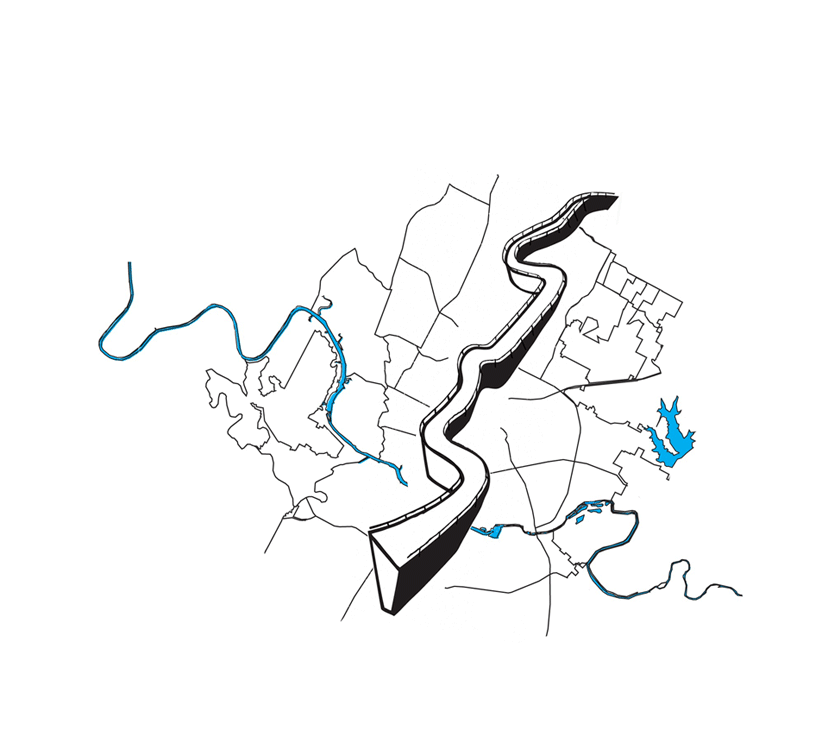

must be located to “avoid duplicate construction of…high schools in the same are (i.e. black high schools and white high schools).” These policies were extremely effective in ensuring that African-Americans would be forced to relocate.
By the 1950s, the University of Texas was beginning to open its doors to the minority community, while the rest of Austin remained highly segregated. One frustrated black student is quoted saying he would like to be able to get a haircut “without having to walk all the way over to the East Side” (Humphrey, 216). Facilities and conveniences on the West side were restricted to white-use only, where many black citizens were working and studying as well. Real estate agents refused to show West Side property to African-Americans and places like Hyde Park were publicly advertised as “white communities.” Very quickly Austin became a racially divided town; its tracks, East Avenue or I-35, and it’s “wrong side,” the East.



